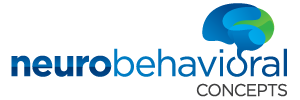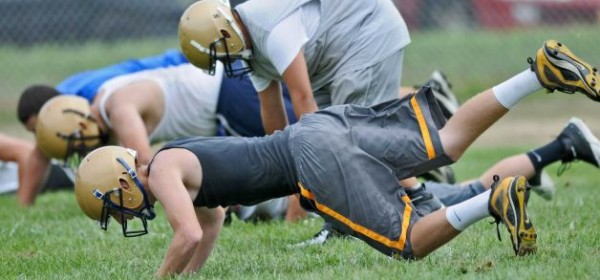Many studies in the past have documented the positive effects of exercise. In a large cohort study (Asberg et al., 2009) of more than 1 million Swedish men, physical fitness and IQ were correlated. Cardiovascular fitness between age 15 and 18 predicted IQ at age 18 – with the most fit having the highest IQ. Two other studies have documented specific changes in key parts of the brain that appear to be related to exercise and physical activity. Aerobic fitness, hippocampal volume and memory performance were correlated one study (Chaddock, et al., 2010) and in another from the same group, (Chaddock et al., 2010), basal ganglia volume was related to aerobic fitness and perfomance on cognitive testing – with higher fitness associated with higher cognitive performance. All of this reinforces what hundreds of other studies have demonstrated; physical activity is good for the brain and good for education.
The positive therapeutic and educational impact of exercise and physical activity have been documented yet we continue to ignore this in the development of educational and therapeutic environments. Children and youth are less and less physically active; schools are restricting recess and filing all available time with more and more instruction. Fortunately there are several innovative programs for schools and therapeutic settings that are aware of – and acting on – the power of physical activity. One of these is the Neurosequential Model in Education. Members of the CTA’s NME work group have been working with several school settings to introduce and integrate somatosensory and physical activities, including aerobic activities, into the classroom. Look to future Newsletters for updates on these and related projects.








